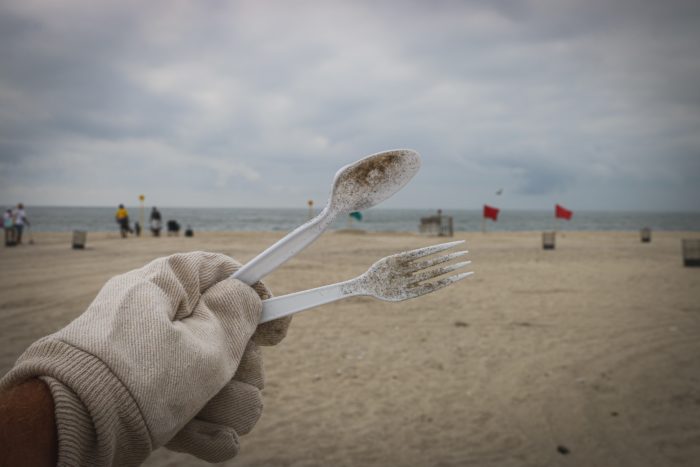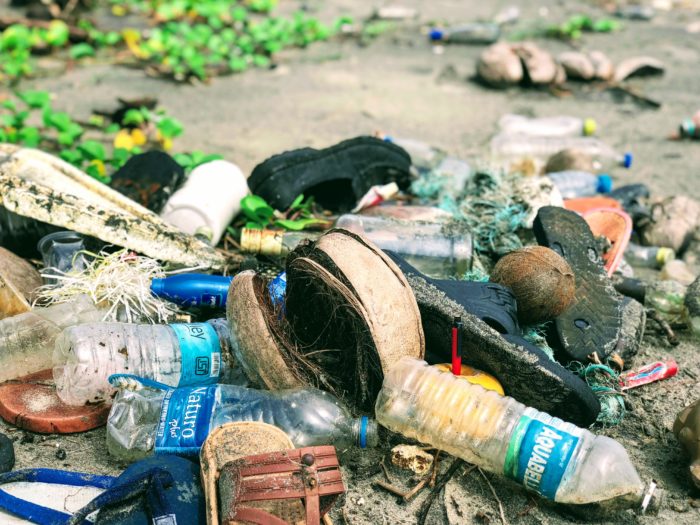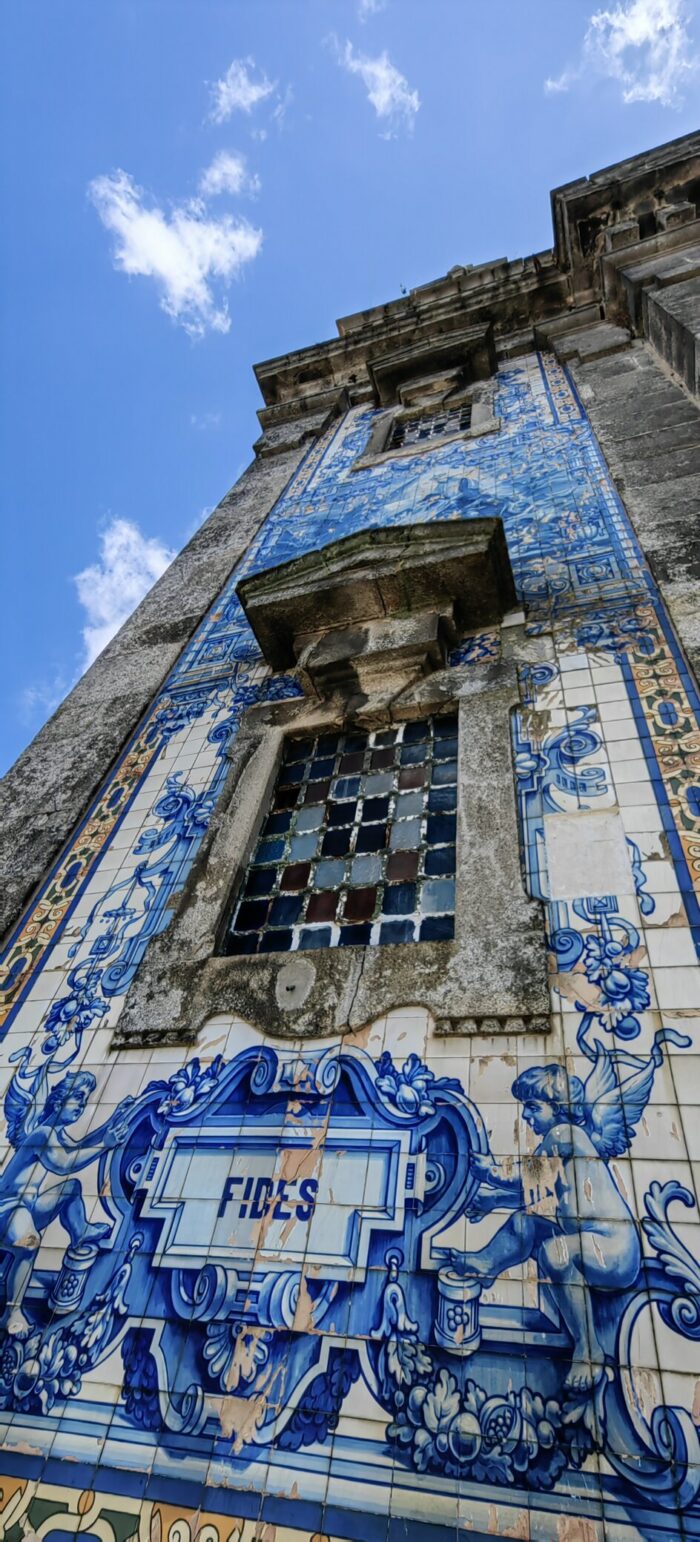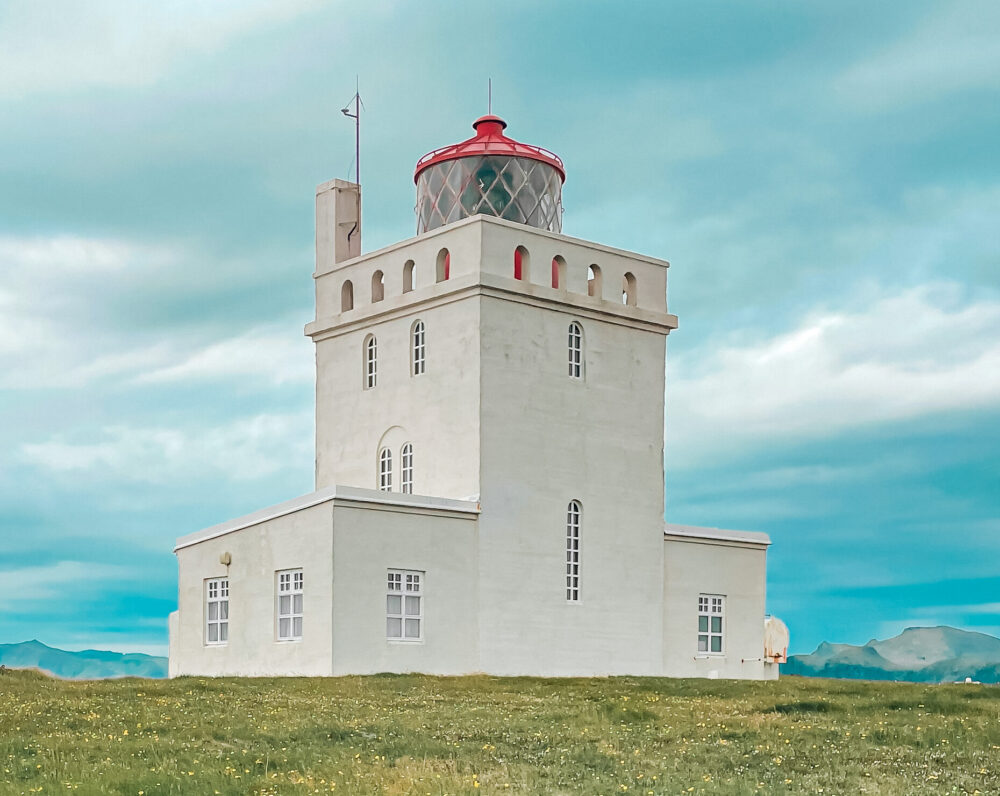 If the Space Race of the 20th century makes it the age of space exploration, the 21st century may later be remembered as the age of Earth exploration: to-visit bucket lists, travel blogs and vlogs and millions of Instagram accounts to feature stunning places on our planet. Now more than ever, to be young, driven, and adventurous defines our collective paradigm. 21st-century humans are avid explorers who love to visit new places, try new “exotic” dishes, take iconic pictures, get lost in hidden alleys and bond with other international travelers in cheap hostels or occasionally expensive hotels.
If the Space Race of the 20th century makes it the age of space exploration, the 21st century may later be remembered as the age of Earth exploration: to-visit bucket lists, travel blogs and vlogs and millions of Instagram accounts to feature stunning places on our planet. Now more than ever, to be young, driven, and adventurous defines our collective paradigm. 21st-century humans are avid explorers who love to visit new places, try new “exotic” dishes, take iconic pictures, get lost in hidden alleys and bond with other international travelers in cheap hostels or occasionally expensive hotels.
As magical as this 21st-century travel experience may sounds, the real impact of our travels around the globe is far from picture-perfect. Rise in democratic, affordable air travel is translating to skyrocketing CO2 emissions. There are other, more environmentally friendly transport options such as trains, buses, electric vehicles, etc. Other travelers opt to curb their footprint by planting trees or donating to organizations that do, such as Plant for the Planet. Various airlines are conducting research on how to decrease their emissions and how to allow their costumers to offset their carbon footprint. Awareness of this issue has even led to flight shame or flygskam in Swedish—the feeling of guilt and shame over boarding airplanes.
While carbon footprint of travel is beginning to be acknowledged, far less attention is being paid to two other side effects of travel: waste production and water pollution. These aspects of tourism pollution came to the fore when last summer, Thai officials closed Maya Bay on Ko Phi Phi Lei Island to tourists to allow it to recover. The destination—made famous by the 2000 film The Beach starring Leonardo DiCaprio—was receiving up to 5,000 visitors and 200 boats a day, and “its beach was completely destroyed as well the plants which cover it,” according to Songtam Suksawang, the director of national parks. Even the celebrated island of Bali has been plagued with horrifying amounts of trash piling up on its beaches and in the water.
In developing nations, building new hotels, restaurants, and stores requires clear-cutting land and felling millions of trees. On top of that, more commercial buildings and shopaholic tourists imply an increase in (mainly) disposable plastic and water pollution.
The whole problem actually starts on the airplane (again). Airlines serve food and drinks in plastic (and give you lotion, toothpaste, and lip balm all in plastic if you travel in business or first class). Usually, the airlines don’t take all their trash back to their nations to deal with it. They dump it on the airport where they just landed. Often, this waste cannot be recycled in those nations due to a lack of recycling facilities, so they end up in a landfill, which could just mean next to a beach or a freshwater source. Adding to this, all the food and toiletries we get in hotels or buy in stores are wrapped in plastic and all the water bottles we buy where tap water is not safe to drink likely also end up in landfills. And then?
In reality, a few things may happen at the landfill: Though we sadly don’t recognize the value in the items we put in the rubbish bin, locals walking through landfills often pick out objects that they can take apart and sell as raw materials, so a few items may find another life through this recycling process. However, an enormous amount of mostly plastic waste is still left unattended by humans. Consequently, nature can act on this waste. Wind might blow light plastic pieces away and rainwater might drag some plastic with it as well. Even stray dogs that are quite common in developing nations will pull some of the plastic waste out of the landfill and into the streets, where wind and water will get a hold of it. And after all of these actions, what is the ultimate destination of the plastic? You guessed right: the ocean.
Most of us know that the plastic in the ocean breaks down into microplastic and is then ingested by marine species. Many developing nations do not have enough funding or knowledge and skilled scientists and engineers to build proper wastewater treatment facilities. This means that most of the water we—the tourists—send down the drain goes straight into rivers or the ocean without being treated. And here again, the more tourists, the more untreated wastewater will damage local ecosystems.
You might be a green bee at home who diligently separates the trash, takes short showers, and uses public transport whenever possible. Don’t forget though, that on a trip, the flight you take and the car you rent emit CO2. The trash you produce might not get recycled. The freshwater you use in your hotel or hostel might be a dream for locals prior to you using it, and a nightmare for those locals once it has turned into wastewater.
So what are realistic solutions to these problems, meaning, how can we still travel while keeping our carbon and water-footprint low? Bringing a reusable water bottle and your own plastic-free toiletries, and taking your waste back home are all steps in the right direction. But we can certainly do more: We can, for example, pressure airlines and hotel chains to take more actions against climate change and pollution. Additionally, we can help fund wastewater treatment and recycling facilities in nations that desperately need them. Lastly, we can book trips through sustainable tourism companies that aim to reduce the negative impacts of tourism, while still providing economic growth opportunities to local communities and fulfilling travel experiences at the same time. You might have to do your research to find appropriate and trustworthy sustainable tourism companies in the nation(s) you choose to visit, but making a positive impact rather than a leaving a trail of pollution behind will surely be worth it.
__
Photo: Brian Yurasits; John Cameron





